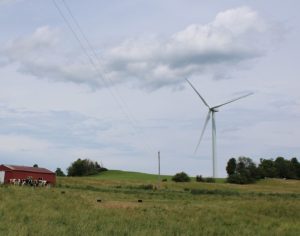GEDDES, N.Y. — The Amphitheater at Lakeview, which has hosted several high-profile music concerts in recent years, now has a new name and another big concert coming next June.
The venue is now the Empower Federal Credit Union Amphitheater at Lakeview. St. Joseph’s Health of Syracuse previously held the naming rights.
Country music star Lainey Wilson, who drew a record-setting crowd of 53,200 for her concert at the 2023 New York State Fair, will perform at the Amphitheater on Friday, June 21, 2024.
(Sponsored)

Does Your Nonprofit Need an Annual Audit?
Many people wonder if a nonprofit needs an annual audit, and the answer is—it depends.Although there is no federal requirement that all tax-exempt organizations undergo an audit, many possible triggers

Recent Court Decision Supports Requiring Employees to Be In the Workplace
A recent Federal Court decision confirmed that the Family Medical Leave Act (FMLA) does not require employers to allow employees to work remotely. In Kemp v. Regeneron Pharmaceuticals, Inc.,
Tickets go on sale at livenation.com on Oct. 27 at 10 a.m. eastern time.
Onondaga County Executive Ryan McMahon and Live Nation Entertainment announced the new naming-rights holder and the upcoming concert on Friday morning.
The naming rights sponsorship is a 7-year deal with an average annual value of $575,000, Chris Keller, chief marketing officer for Empower Federal Credit Union, tells CNYBJ in an email message.
Owned by Onondaga County, exclusively promoted by Live Nation, and managed by ASM Global, the venue opened in September 2015 and annually hosts more than 200,000 visitors.
“Empower FCU was born and raised in the Salt City, and now is among the largest credit unions in New York, with over 250,000 members, over 600 employees and more than $3.2 billion in assets,” Ryan McIntyre, president and CEO of Empower Federal Credit Union, said in a news release. “The Empower Federal Credit Union Amphitheater at Lakeview reflects a commitment to our Central New York roots by creating unique experiences for our members and the local community we serve.”




